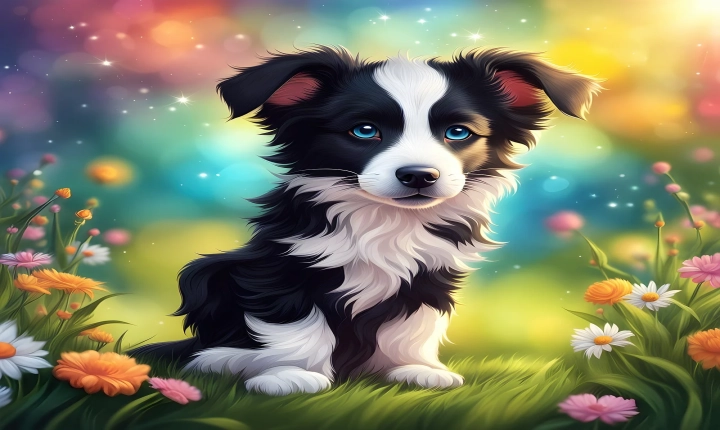AI (Artificial Intelligence) has made significant advancements in the field of image generation, revolutionizing the way we create visual content. Through deep learning algorithms and neural networks, AI can now generate highly realistic and visually appealing images that were previously thought to be the exclusive domain of human creativity.
One of the most widely used techniques for AI image generation is Generative Adversarial Networks (GANs). GANs consist of two neural networks – a generator and a discriminator – that work in tandem to create and evaluate images. The generator network creates images by generating random noise and transforming it into recognizable visual features, while the discriminator network evaluates the images and provides feedback to the generator. Through this iterative process, the generator learns to produce increasingly realistic images while the discriminator learns to distinguish between real and generated images.
Another popular approach to AI image generation is Variational Autoencoders (VAEs), which generate images by learning the underlying distribution of the input data. VAEs encode input images into a latent space and then decode them back into images. By manipulating the representations in the latent space, VAEs can generate new and unique images that capture the essence of the input data.
The advancements in AI image generation have found applications across various domains, including art, design, and entertainment. AI-generated art is gaining recognition in the art world, with pieces created by GANs and VAEs being featured in galleries and exhibitions. In design, AI image generation is being used to aid creative professionals in generating visual concepts and prototypes. In the entertainment industry, AI-generated images are being used to produce realistic graphics and visual effects in movies, video games, and virtual reality experiences.
However, AI image generation is not without its challenges and ethical considerations. One of the main challenges is ensuring that AI-generated images are not used to deceive or manipulate people, particularly in the era of deepfakes and misinformation. As AI-generated images become increasingly indistinguishable from real images, it is crucial to develop robust methods for verifying the authenticity of visual content.
Ethical considerations also arise in relation to ownership and copyright of AI-generated images. As AI networks are trained on a vast amount of existing visual data, there is a risk of infringing on intellectual property rights when generating images that closely resemble existing artworks or photographs. Moreover, the question of attribution and recognition for AI-generated art and design remains a topic of debate within the creative community.
In conclusion, AI image generation has opened up new possibilities for creating visually stunning and innovative content. By harnessing the power of deep learning algorithms and neural networks, AI is redefining the boundaries of visual creativity and pushing the limits of what is possible in image generation. However, as AI image generation continues to evolve, it is imperative to address the ethical implications and ensure responsible and transparent use of this technology.
